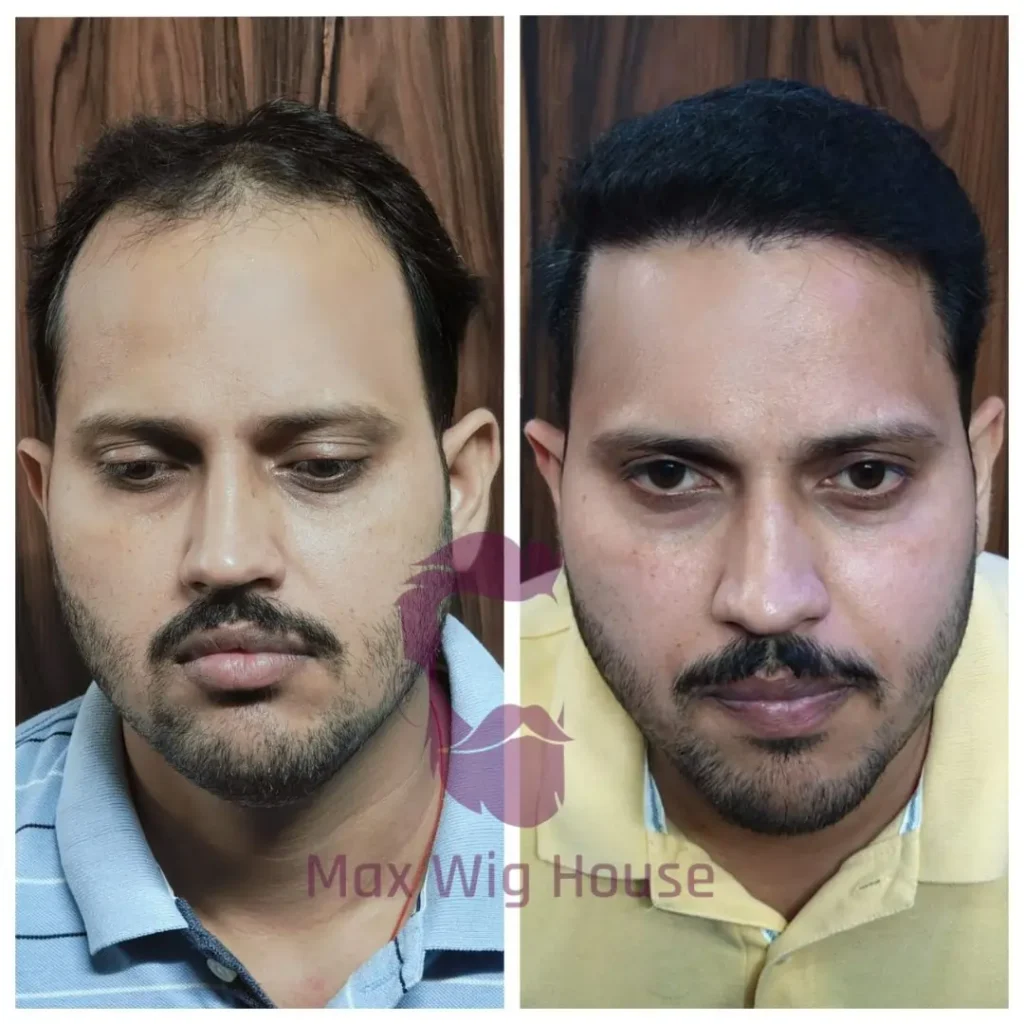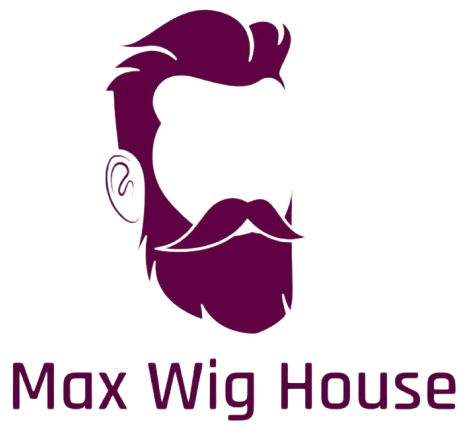
Hair Bonding vs Hair Weaving: Which is Right for You?
Hair loss is one of the most common concerns faced by men and women today. Whether caused by genetics, lifestyle, stress, or medical conditions, thinning hair or bald patches can greatly impact confidence. Thankfully, modern non-surgical hair replacement solutions offer safe and effective ways to restore a natural look without undergoing painful surgeries.
Among the most popular techniques are Hair Bonding and Hair Weaving. Both methods are designed to cover baldness and give you fuller, natural-looking hair—but they work differently. If you’re confused about which option is right for you, this detailed guide will help you understand the difference, their pros and cons, and how to choose the best solution for your needs.
What is Hair Bonding?
Hair Bonding is a painless, non-invasive hair replacement technique where a customized hair patch or hair system is attached to the scalp using a skin-friendly adhesive or glue. Unlike weaving, bonding does not require integration with existing hair, making it an excellent choice for those with bald spots or complete baldness.
Process of Hair Bonding:
A professional examines your scalp and bald area.
A customized hair patch is designed to match your natural hair texture, length, and color.
The patch is fixed to the bald area using medical-grade adhesive.
The result is instant—natural-looking hair with zero pain.
Best For:
People with bald spots.
Individuals with thinning hair.
Complete baldness cases.
Key Features:
Quick, painless, non-surgical.
Works for all baldness stages.
Styling freedom like natural hair.
What is Hair Weaving?
Hair Weaving is another non-surgical hair replacement method where artificial or natural hair extensions are woven into your existing hair using threads, clips, or braiding methods. It requires some amount of natural hair for attachment, so it is not suitable for complete baldness.
Process of Hair Weaving:
The stylist sections your natural hair.
Extensions or hair patches are attached using weaving techniques.
Hair is blended seamlessly to look natural and voluminous.
Best For:
People with partial hair loss.
Those who still have enough natural hair for integration.
Key Features:
Natural-looking and semi-permanent.
More secure than bonding.
Requires professional application.
Hair Bonding vs Hair Weaving – Key Differences
ere’s a side-by-side comparison to help you decide:
| Factor | Hair Bonding | Hair Weaving |
|---|---|---|
| Process | Hair patch fixed with adhesive/glue | Hair woven with existing natural hair |
| Suitability | Works for bald patches or full baldness | Requires existing natural hair |
| Comfort | Completely painless & light | May feel slightly tight at first |
| Maintenance | Needs salon visit every 3–4 weeks | Needs touch-up every 4–6 weeks |
| Longevity | Lasts a few weeks, temporary | Semi-permanent, lasts months with care |
| Cost | Affordable/moderate | Slightly higher depending on method |
| Look & Feel | Very natural, easy to style | Extremely natural if done by experts |
Pros & Cons of Hair Bonding
Advantages:
Quick and painless procedure.
Instant results with natural-looking hair.
Works even for people with no natural hair.
Non-surgical and safe.
Affordable compared to other hair replacement methods.
❌ Disadvantages:
Needs regular touch-ups every few weeks.
Adhesive may cause irritation for sensitive scalp.
Not as long-lasting as weaving.
Pros & Cons of Hair Weaving
Advantages:
Gives a very natural and voluminous finish.
Longer-lasting compared to bonding.
No adhesive or chemicals required.
Provides a semi-permanent solution.
❌ Disadvantages:
Requires natural hair for attachment.
Can cause mild discomfort due to tension.
Maintenance sessions can be more expensive.
Which is Right for You?
Both methods have unique benefits, but the right choice depends on your scalp condition, lifestyle, and expectations.
Choose Hair Bonding if:
You have bald spots or complete baldness.
You want an affordable, painless, and quick fix.
You prefer a temporary yet natural-looking solution.
Choose Hair Weaving if:
You still have natural hair available for weaving.
You want a semi-permanent, secure, and long-lasting solution.
You are comfortable with a slightly higher budget and maintenance.
Expert Tips Before Choosing
Consult a professional: Always get your scalp examined before deciding.
Check skin sensitivity: Do a patch test if choosing bonding with adhesive.
Ask for quality hair systems: High-quality patches or extensions ensure natural results.
Think about your lifestyle: If you travel often or sweat a lot, you may need more frequent maintenance.
Don’t compromise on expertise: Poor application can damage your natural hair or scalp.
Hair Bonding and Hair Weaving are both excellent non-surgical hair replacement options that can restore your confidence and give you a natural-looking head of hair.
If you want instant, painless results suitable for bald patches or complete baldness, Hair Bonding is the way to go.
If you prefer a longer-lasting, semi-permanent solution and still have natural hair for support, Hair Weaving may be better.
No matter which option you choose, always consult a trusted hair replacement expert to get the best results.
